Canary Island Pine
Driving around Gran Canaria is such a thrill. Or it is when I get used to being on the ‘wrong’ side of the road again. It’s brilliant sunshine somewhere, but a blanket of cloud wraps the mountains in sound-deadening white cover.
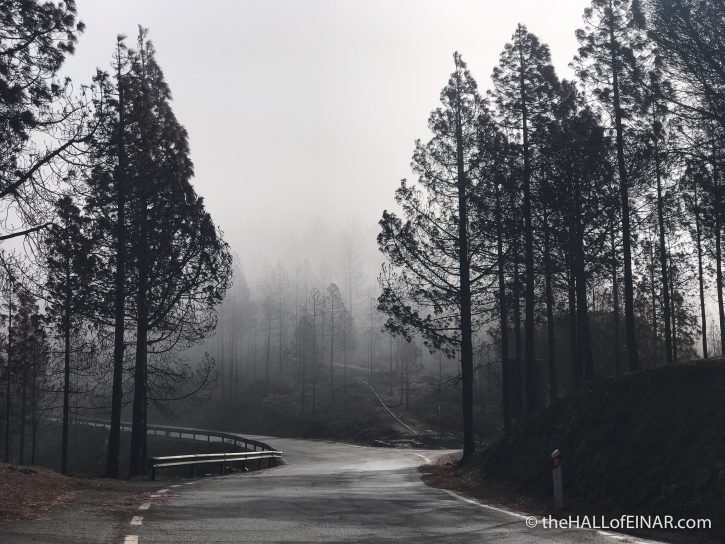
Pinus canariensis are big trees, at least they would be if the largest ones hadn’t been logged.
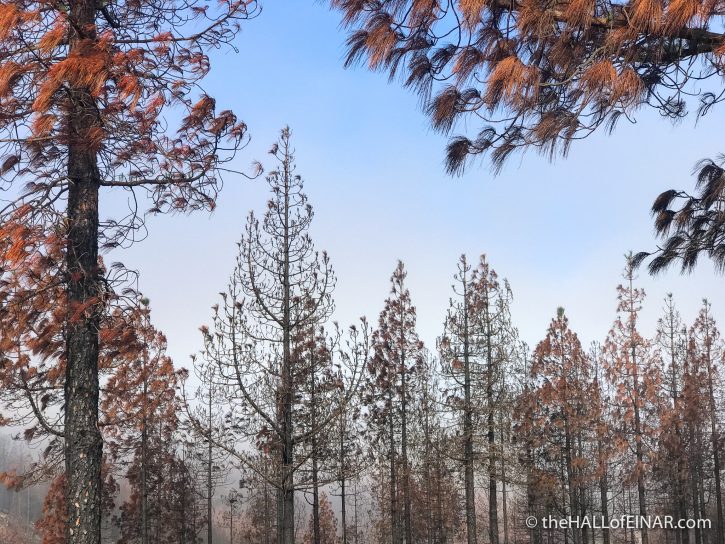
Many of these look dead. Their needles are completely brown.
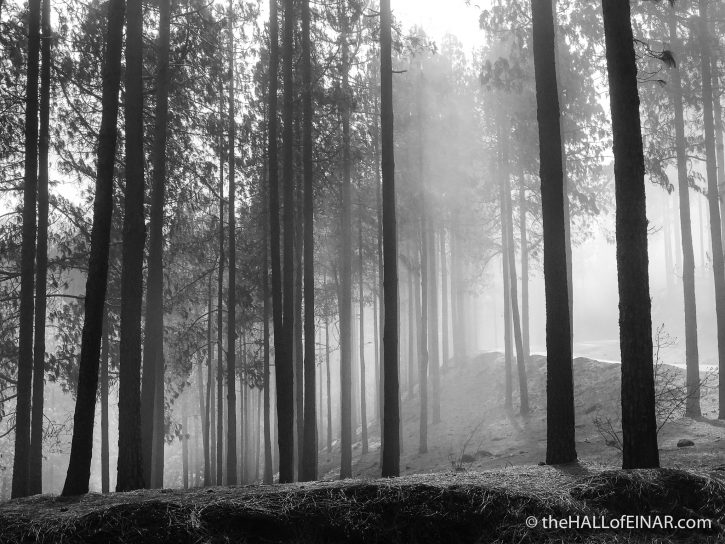
They look better in black and white in this mist. Surely their trunks aren’t meant to be so black?
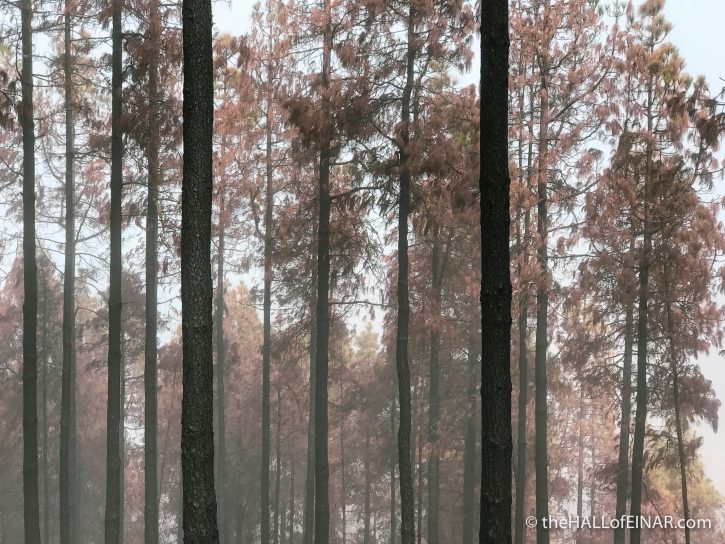
The Canary Island Pine’s needles are long and thin. Amazingly they’re a vital part of supplying fresh water to the Island. Their needles capture water from the cloud, fog and mist and drip it to the ground. All that moist air off the Atlantic Ocean gets deprived of some of its vital water by these natural sponges. Human deforestation leads to drought which leads to deforestation. It’s a vicious cycle.
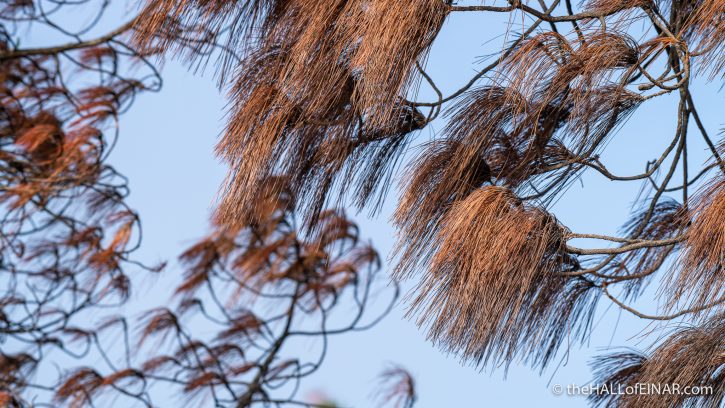
In August 2019 a man who was welding set a fire which burned 1,500 hectares. 1,000 people had to be evacuated and it took 15 days to fully extinguish.
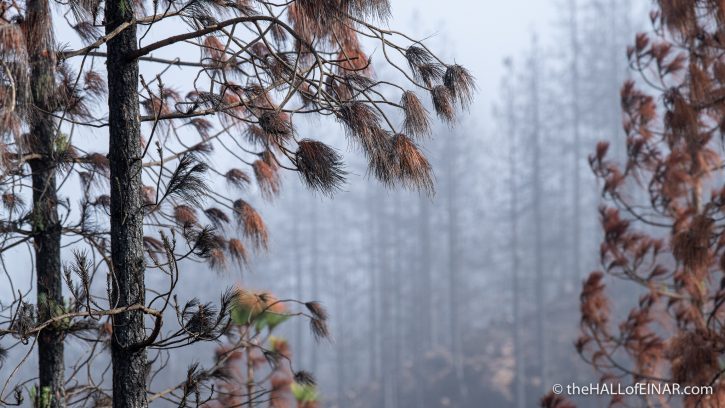
A few days later, another fire started and 8,000 people had to be evacuated. It’s left a strange and desolate landscape, denuded of life, with little vegetation in the understory.
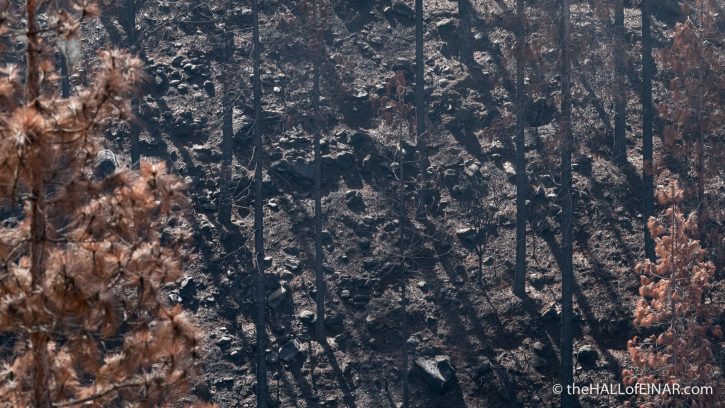
Canary Island Pines are one of the most fire-resistant trees.
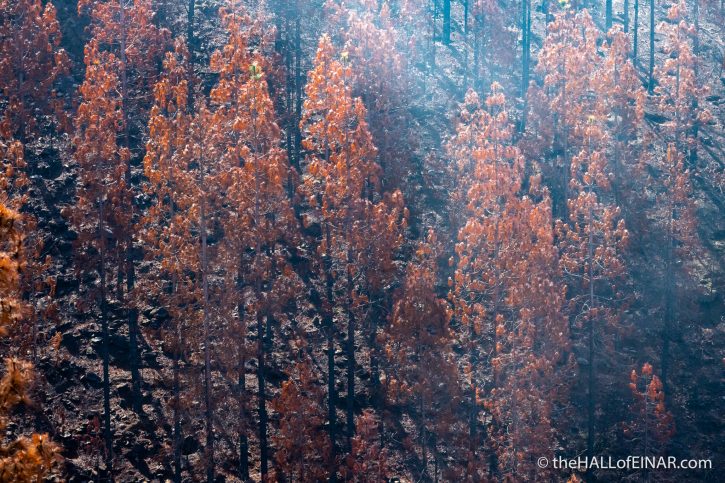
They need to be. In the future towns and villages will have to be fire resistant too.
More from Gran Canaria
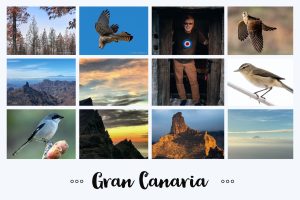 Gran Canaria – the outtakes It's been an incredible few days in Gran Canaria with my son. We've laughed and smiled at so many great… read more
Gran Canaria – the outtakes It's been an incredible few days in Gran Canaria with my son. We've laughed and smiled at so many great… read more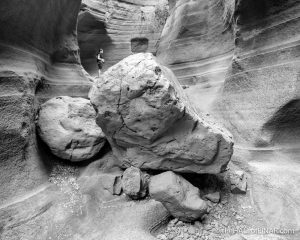 Barranco de Barafonso My son has another photograph he'd like to take. He's researched it all and knows the route we'll be taking… read more
Barranco de Barafonso My son has another photograph he'd like to take. He's researched it all and knows the route we'll be taking… read more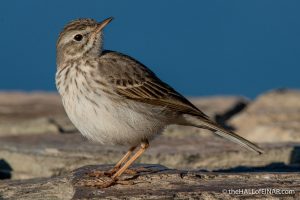 Pipit on parade Many of the plants on Gran Canaria have given up on having leaves. Some have evolved to simply have stems… read more
Pipit on parade Many of the plants on Gran Canaria have given up on having leaves. Some have evolved to simply have stems… read more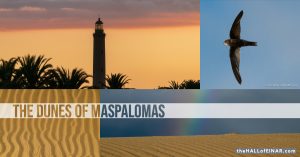 The dunes of Maspalomas My son has a specific photograph in mind and he wants to get it. He's a very driven young man.… read more
The dunes of Maspalomas My son has a specific photograph in mind and he wants to get it. He's a very driven young man.… read more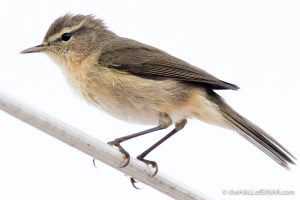 Canary Islands Chiffchaff on the balcony We're in Gran Canaria for a few days and we've moved to Agaete, a coastal town. There's a wonderful walk… read more
Canary Islands Chiffchaff on the balcony We're in Gran Canaria for a few days and we've moved to Agaete, a coastal town. There's a wonderful walk… read more Incoming! We've diverted from our route slightly to visit Roque Bentayga on Gran Canaria. Looking down into the ravine, it's great… read more
Incoming! We've diverted from our route slightly to visit Roque Bentayga on Gran Canaria. Looking down into the ravine, it's great… read more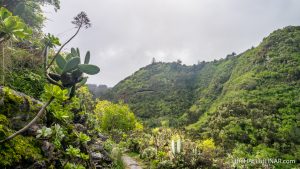 A Canary Islands Robin deep in the prehistoric Laurel forest A quick check reveals there's a stretch of original Laurisilva forest on our route through Gran Canaria. That's exciting. How… read more
A Canary Islands Robin deep in the prehistoric Laurel forest A quick check reveals there's a stretch of original Laurisilva forest on our route through Gran Canaria. That's exciting. How… read more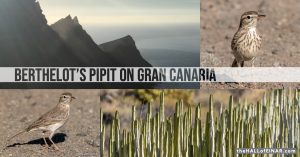 Bertholet’s Pipit on Gran Canaria Clear skies, winding roads, sea spray; what's not to like? We're driving on the GC-200 through Parque Natural Tamadaba on… read more
Bertholet’s Pipit on Gran Canaria Clear skies, winding roads, sea spray; what's not to like? We're driving on the GC-200 through Parque Natural Tamadaba on… read more